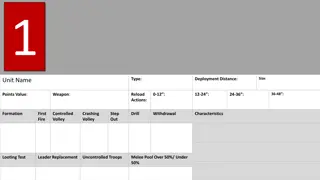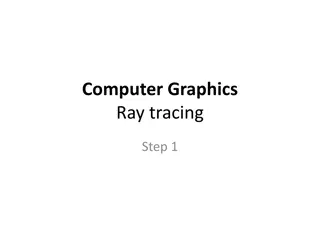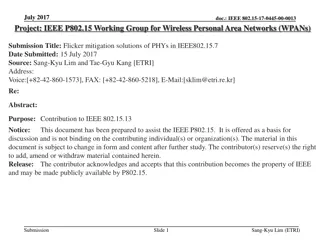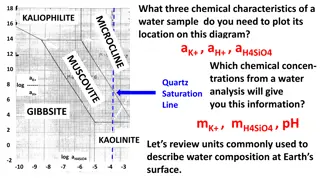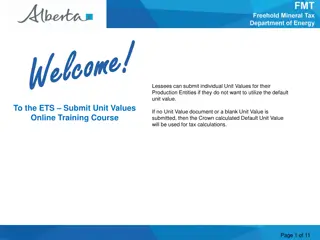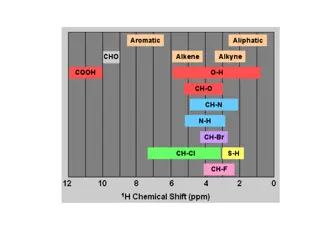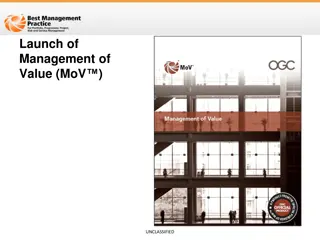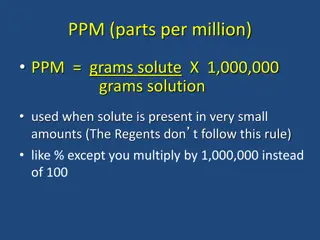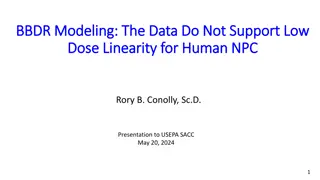
Understanding Staffing and Directing in Management
Explore the significance of staffing in achieving organizational goals, the nature of staffing as a management function, the importance of staffing, the process of staffing, and the role of directing in influencing and supervising subordinates in their jobs.
Download Presentation

Please find below an Image/Link to download the presentation.
The content on the website is provided AS IS for your information and personal use only. It may not be sold, licensed, or shared on other websites without obtaining consent from the author. If you encounter any issues during the download, it is possible that the publisher has removed the file from their server.
You are allowed to download the files provided on this website for personal or commercial use, subject to the condition that they are used lawfully. All files are the property of their respective owners.
The content on the website is provided AS IS for your information and personal use only. It may not be sold, licensed, or shared on other websites without obtaining consent from the author.
E N D
Presentation Transcript
Dr. Mitesh Hanwate Dr. Mitesh Hanwate MBA, NET, SET, Ph.D., PGDHRM HOD HOD- -IIMS Sahayog Educational Campus IIMS
INTRODUCTION Staffing is related to performing a set of activities which aim at inviting, selecting, placing and retaining individuals at various jobs to achieve the organizational goals. Staffing deals with appointing people and placing them at the appropriate jobs. Definitions: Staffing is the process of providing jobs to deserving people, through the function of recruitment, selection and training with-a-view to getting benefits from them, for the achievement of pre-set goals of organization. According to A. K. Singh, According to Theo Heimann, Staffing is concerned with the placement, growth and development of all those members of the organization whose function is to get the things done through the efforts of other individuals.
NATURE OF STAFFING Management function People Cantered Pervasive function Part of human resource management Deals with active resource Continuous function
IMPORTANCE OF STAFFING 1. Emphasis on human element 2. Facilitates leadership 3. Facilitates control 4. Motivation to work 5. Increase in efficiency 6. Develops potential managers 7. Competitive advantage
DIRECTING Directing is the managerial function that consists of those activities which are concerned directly with influencing, guiding or supervising the subordinates in their jobs. Directing is a managerial function that involves the responsibility of managers for communicating to others what their roles are in achieving the company plan. Pearce and Robinson Direction is the sum total of managerial efforts that are applied for guiding and inspiring the working terms to make better accomplishments in the organisation. S.S. Chatterjee
FEATURES OR CHARACTERISTICS OF DIRECTING It is concerned with issuing of orders and instructions to the subordinates. It is guiding and counselling the subordinates in their work with a view to improving their performance. It is supervision of the work of subordinates to ensure that it conforms to plans. Directing is pervasive because it is performed at all levels of management. It is a continuous process because it deals with the continuous guidance to be provided by the superiors to their subordinates. It always follows a top down approach. It provides linkage between other managerial functions such as planning, organising and staffing.
IMPORTANCE OF DIRECTION 2. Creates a sound work environment 1. Initiates action 3. Develops managers 4. Behavioural satisfaction 5. Increase in productivity 6. Achieves coordination 7. Facilitates control 8. Facilitates change 9. Facilitates growth
CONTROLLING Definitions: Managerial control implies the measurement of accomplishment against the standard and the correction of deviations to assure attainment of objectives according to plans . Koontz And O Donnell Control is the process of bringing about conformity of performance with planned action. Dale Henning Controlling function is performed in all types of organizations whether commercial or non commercial and at all levels i.e. top, middle and supervisory levels of management. Thus, it is a pervasive function. Controlling should not be considered as the last function of the management.
IMPORTANCE OF CONTROLLING 2. Judging Accuracy of Standards 1. Accomplishing Organizational Goals 4. Improving Employee Motivation 3. Making Efficient Use of Resources 6. Facilitating Coordination in Action 5. Ensuring Order and Discipline
Thank You. Dr. Mitesh Hanwate





